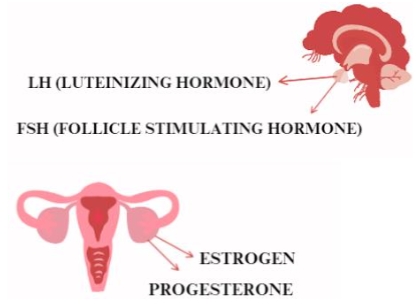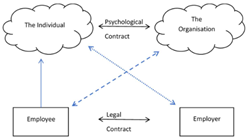Bird nesting and its relationship with parents’ mental resilience
Abstract
Divorce has increased dramatically in recent decades. Many separated parents adopt the “bird nesting” technique, where the parents rotate on a weekly basis in the family home, allowing the children to remain in their familiar environment. Thus, the present study investigated the correlation of “bird nesting” with the parents’ mental resilience. For this purpose, questionnaires were used on a sample of 99 parents who have divorced in the last 2 years, where they were asked about their demographic characteristics as well as questions related to the use of the “bird nesting” technique and mental resilience. The results showed that no statistically significant difference was found in mental resilience between parents who apply and do not apply the “bird nesting” technique. Overall, the present research did not find a relationship between the use of the “bird nesting” technique and the mental resilience of divorced parents. It is possible that the relationship is affected by various factors, such as the duration of the divorce, the age of the children, the financial situation, the existence of new partners, etc.
References
Becher, E. H., Kim, H., Cronin, S. E., et al. (2019). Positive Parenting and Parental Conflict: Contributions to Resilient Coparenting During Divorce. Family Relations, 68(1), 150–164. Portico. https://doi.org/10.1111/fare.12349
Choudhury, S. (1995). Divorce in birds: a review of the hypotheses. Animal Behaviour, 50(2), 413–429. https://doi.org/10.1006/anbe.1995.0256
Cohen, O., & Finzi-Dottan, R. (2014). Contribution of Health, Coparenting, and Maturity of Defense Mechanisms to the Quality of Life of Divorcing and Divorced Parents: A Longitudinal Study. Marriage & Family Review, 50(5), 395–415. https://doi.org/10.1080/01494929.2013.879559
Etikan, I. (2016). Comparison of Convenience Sampling and Purposive Sampling. American Journal of Theoretical and Applied Statistics, 5(1), 1. https://doi.org/10.11648/j.ajtas.20160501.11
Harper, A. E., & Power, M. (1998). Development of the World Health Organization WHOQOL-BREF Quality of Life Assessment. Psychological Medicine, 28(3), 551–558. https://doi.org/10.1017/s0033291798006667
Her, Y.-C., Vergauwen, J., & Mortelmans, D. (2022). Nest leaver or home stayer? Sibling influence on parental home leaving in the United Kingdom. Advances in Life Course Research, 52, 100464. https://doi.org/10.1016/j.alcr.2022.100464
Copyright (c) 2025 Maria Verrou, Dimitris D. Vlastos, Paraskevi Theofilou

This work is licensed under a Creative Commons Attribution 4.0 International License.









